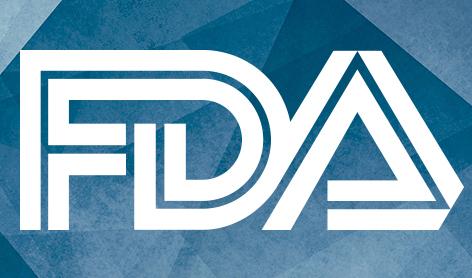FDA Expands WATCHMAN FLX Approval to Include DAPT Option

The US Food and Drug Administration (FDA) has approved an expanded indication for the current-generation WATCHMAN FLX Left Atrial Appendage Close (LAAC) Device to include a 45-day dual antiplatelet therapy (DAPT) option as an alternative to the postprocedural oral anticoagulation (OAC) plus aspirin regimen for patients with nonvalvular atrial fibrillation (NVAF), according to an announcement from Boston Scientific.
Announced in a September 6 release, the expanded indication is based on recent clinical evidence submitted to the FDA in support of the safety and efficacy of DAPT as a postprocedural antithrombotic regimen in patients with NVAF seeking an alternative to OAC, including analyses of 8300 patients from the American College of Cardiology Foundation's National Cardiovascular Data Registry (NCCDR) Left Atrial Appendage Occlusion (LAAO) Registry.
"This revised labeling provides physicians more flexibility to exercise their clinical judgment based on individual patient characteristics to determine the most appropriate postprocedural antithrombotic medication regimen," said Ian Meredith, MBBS, PhD, global chief medical officer at Boston Scientific, in the aforementioned release. "This significant step forward is supported by the robust safety and efficacy profile demonstrated by both the legacy WATCHMAN and current-generation WATCHMAN FLX technologies."
With initial approval of the WATCHMAN FLX LAAC Device coming in July 2020, the latest label expansion allows the choice of either OAC or a DAPT postprocedural drug regimen, which has been part of the labeling in Europe for WATCHMAN technology since 2017, according to Boston Scientific. Hailed by the company as being ultimately on the “most studied and implanted LAAC device in the world”, the initial approval of the WATCHMAN FLX device was based on results of the PINNACLE FLX trial.
In their release, Boston Scientific highlighted recent data supporting use of the WATCHMAN FLX device, including analysis of 17,000 from NCDR-LAAO Registry suggests no significant difference in rates of major adverse events at 45 days postimplant, whether patients were discharged from the hospital on DAPT, a direct OAC and aspirin, or warfarin and aspirin. The release also called attention to data from SURPASS analysis from NCDR-LAAO Registry demonstrating low rates of adverse events and peri-device leak through 45 days postimplant, and, in the investigator-led SEAL-FLX study, which Boston Scientific purports is the first study exclusively comparing WATCHMAN FLX device against the Amplatzer Amulet device.
In an FDA summary of recently sponsored devices, the administration points out WATCHMAN devices should not be used in patients with a blood clot in their heart, who have had surgical repair of the atrial septum or have a device placed in the atrial septum, who have an LAA that is too large or too small to fit the WATCHMAN or WATCHMAN FLX device, cannot have blood-thinning medicines, or who have sensitivity to Nitinol or any other material that is part of the device.